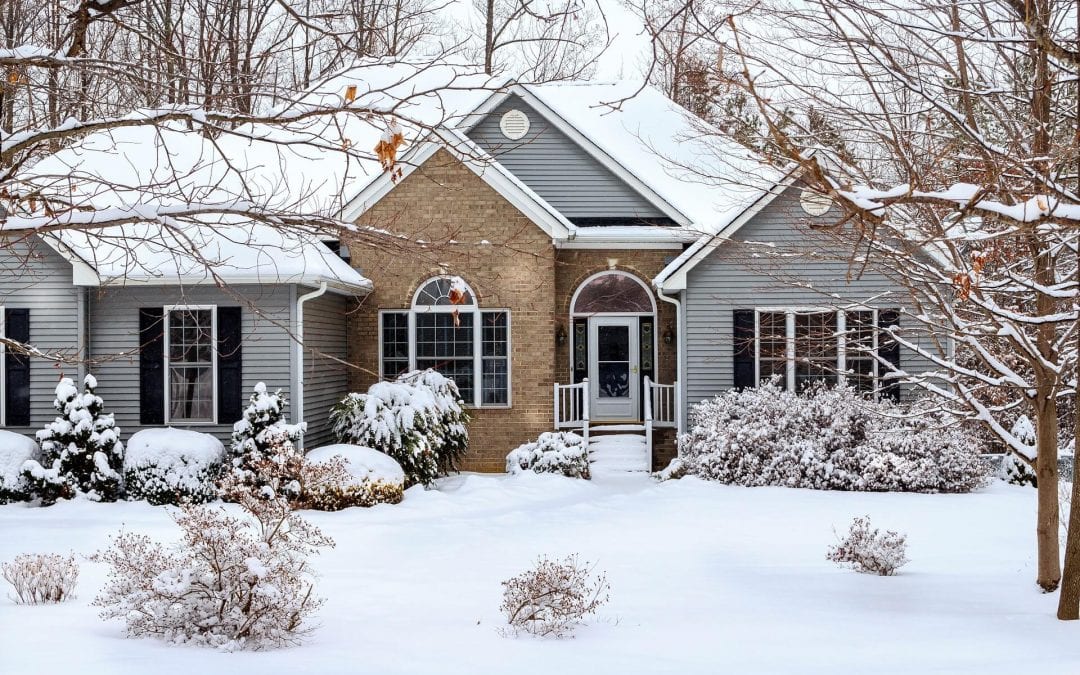Easy Steps to Winterize Your Home
Here are some helpful tips to winterize your home so that your family stays warm and safe over the cold winter months.
Plumbing Pipes
When winterizing exterior faucets, the best method for ensuring that they do not freeze is to turn the water supply off to the fixture and disconnect hoses. Watch a video here on how to insulate pipes to winterize your home.
- The water cutoff for the faucets can usually be found around the water heater, under a bathroom cabinet, in a basement, or in a crawlspace close to the faucet.
- Once the faucet supply is turned off, go outside and turn the faucets open to allow the remaining water to escape. This will prevent ice from expanding and damaging the pipes and will help winterize your home.
When the weather warms and it is time to open the faucets again:
- Make sure the exterior faucets are in the closed position.
- Turn on the faucets one at a time. You should hear an initial rush of water going through the pipes.
- If you continue to hear water running through the pipes, there is likely a leak and the water should be turned off and investigated by a qualified contractor. (typically, this should not happen if you followed the above instructions).
- Insulation sleeves can be used for pipes in basements, crawlspaces or garages that are not heated. Sleeves can be found at any home improvement stores.
Windows and Doors
- Look for air gaps at windows and doors and door thresholds and seal them to keep the inside of the house insulated. Silicone caulking is a good method for sealing thresholds. Another method is to use adhesive foam tape, found at any home improvement store. Foam tape requires no special tools to apply and will help winterize your home.
Attic and Crawlspace Insulation
- Attics: The recommended insulation thickness for attics is R-38, which in the case of blown fiberglass is approximately 10”-12”. The thickness of the insulation provides the insulation quality. It is important to note that insulation should not be packed down or wet.
- Crawlspace: Generally, batt or rolled insulation is used in crawlspaces. A moisture barrier (faced) is commonly used but often installed incorrectly. The moisture barrier should be against the heated side of the house. Insulation supports are used to secure the insulation in place.
Fireplaces
- For a wood burning, conventional fireplace, it is recommended that the fireplace flue is evaluated to check for proper draft and for creosote buildup. Creosote is a naturally occurring byproduct of burning wood. However, it can accumulate in the flue and could pose a fire risk.
- Close the damper when not in use to prevent heat from escaping through the flue. Preparing your fireplace for winter is an important step to winterize your home.
Gutters
- It is a good time to check the gutters to ensure they are free from leaves and debris that may have accumulated from the fall season. In case of prolonged snow, it is important to keep gutters clean to allow melting snow to drain as soon as possible.
InspectorRx provides home inspection services to all metro Atlanta counties. Contact us today for a comprehensive home inspection to help pinpoint areas where you should winterize your home to be more energy efficient.

